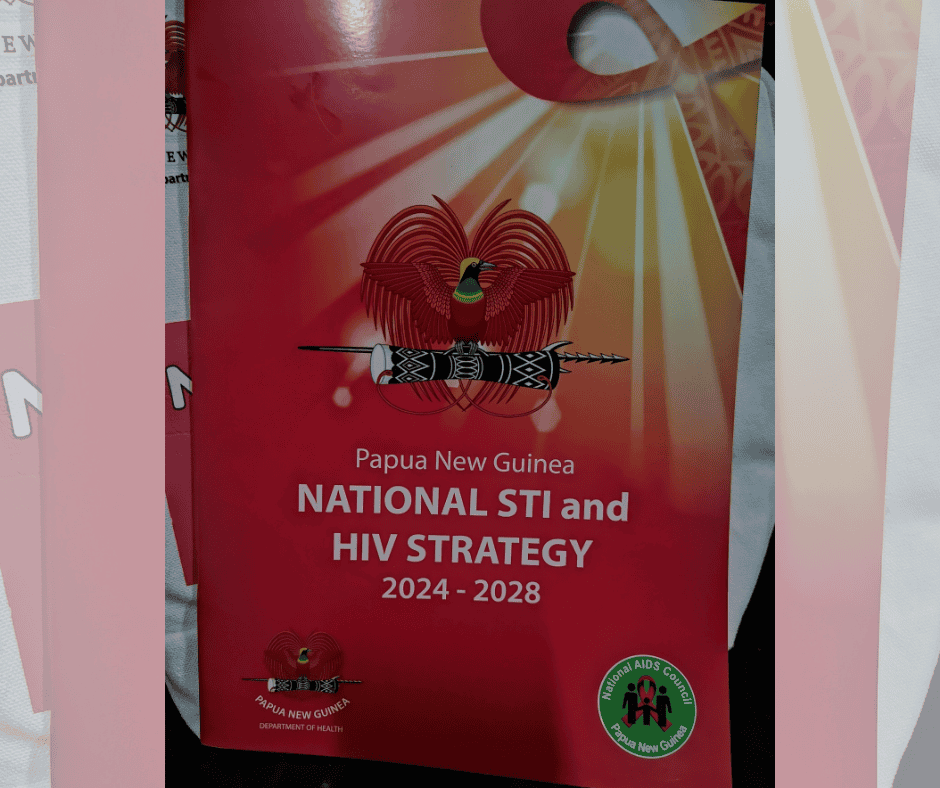Seventy-two thousand is the estimated number of people living with HIV in Papua New Guinea.
More than 43,000 are on Anti-Retroviral Treatment (ART) while more than 50,335 are people living with HIV who know their status.
Across the country, 2,400 women are estimated pregnant mothers living with HIV; of that 1,239 are receiving treatment.
Thirty-four percent of pregnant mothers, that is 34 out of every 100 pregnant mothers have babies born positive.
Speaking at a recent media briefing, Dr Gideon Nano who is the Program Manager for National STI/HIV at the National Department of Health said the challenge now is to get the mothers on the ART Treatment.
Previously, Port Moresby was the known hot spot with high incidences of HIV cases but the figures are alarming now that statistics show 100 percent increases in HIV cases in all provinces in the country.
The government spends K8 – K9 million on procurement of drugs however this is challenging as the Aids Council Secretariat needs more than K40 million to conduct awareness, prevention and treatment activities.
On Friday 30th August, the Government through the Health Department launched the new National STI & HIV Strategy 2024 – 2028.
The strategy is in line with the government’s vision to ensure every Papua New Guinean is healthy, educated and able to sustain themselves.
In his address, Health Minister, Dr Lino Tom said the HIV epidemic cannot be controlled by the government alone, the success of the strategy relies on many valued partners.
The first known case of HIV in Papua New Guinea was reported in 1987, since then the country has continuously faced challenges in reducing the spread of HIV and mitigating negative impacts on the health and economy of the nation.
Lino said, “Despite our efforts, the strategy – and the review of the previous one – does not shy away from identifying the gaps in our response and offering solutions. “
Some areas that need improving are primary HIV prevention response, better integration of STI and HIV services and the reliability of the supply chain of medicine.
The strategic approach seeks to revitalize the STI and HIV Prevention efforts, increase attention on treatment, strengthening systems and working in partnership with all Provincial Health Authorities.
Related story:


Comments are closed.